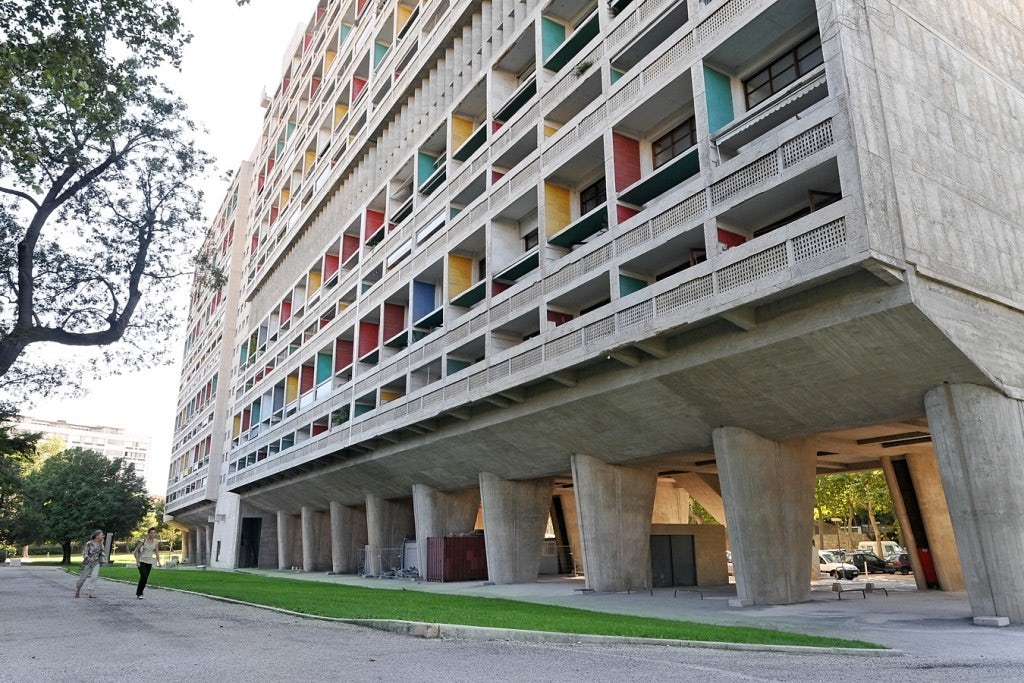This feature has been created in collaboration with URBANNEXT, a multi-platform aimed at developing, disseminating and distributing content centered on architecture through a focus on the contemporary human milieu and its challenges. Architizer features a weekly discussion from urbanNext’s journals to support its investigation of urban conditions and innovations facing the architectural profession today.
Back in September, Harvard University’s Graduate School of Design hosted the inaugural conference organized by its new research think tank, the Office for Urbanization. Facilitated by the GSD’s professor of Landscape Architecture and director of the Office for Urbanization, Charles Waldheim, the conference was centered around the discussion of ‘heliomorphism,’ an architectural and urban design approach that bases a project’s form and function around solar orientation.
Hosting a range of speakers, including Jeanne Gang and Thom Mayne as keynotes of the conference, the event attempted to “revise and extend the ecological urbanism agenda,” which the program insists has been primarily concerned with more terrestrial and hydrological issues, “by returning to solar performance.” UrbanNext editor Ricardo Devesa caught up with Waldheim during the conference to hear his thoughts on the importance of this design concept.
Viewing on mobile? Click here.
Heliomorphic principles were most notably championed by modernist architects and urban planners but were largely abandoned after the demise of the modernist movement. “In the wake of the collapse of modern planning,” posits the Office for Urbanization, “singular models of social urban order based on latitude and solar equity have given way to neoliberal models of market-driven urbanization.”

Le Corbusier’s Unité d’Habitation housing complex in Marseilles was designed with heliomorphic principles; photo © Bjorn Utpott.
Given the heightened awareness of mass urbanization’s impact on our environment, as well as its impact on human well-being, Waldheim argues “that we’re on the verge of a conversation, of really a new politics, a new biopolitical, a new ecological framework for understanding the city,” and he sees the revival of a heliomorphic framework ripe with potential for bridging the “urban tension between capital accumulation and social equity.” The conference’s agenda hopes the promotion of design that upholds a keen sensitivity to its users’ access to light and air will inspire this same conscientiousness in the future development of urban projects, both public and private.

© Steve Hall Hedrich Blessing
Studio Gang’s Aqua Tower in Chicago employs facade paneling designed around the sun’s orientation.
Highlighting the contemporary work of a range of designers already incorporating heliomorphic tenets into their projects, the conference proposes heliomorphism as a possible organizing principle that could align public and private interests in the urban domain without the need for a massive restructuring of urban policy, which could operate through our existing urban developmental framework.
Words by Joanna Kloppenburg
See more video interviews concerning issues of urbanism and ecologically oriented design on the urbanNext website.
In collaboration with:









